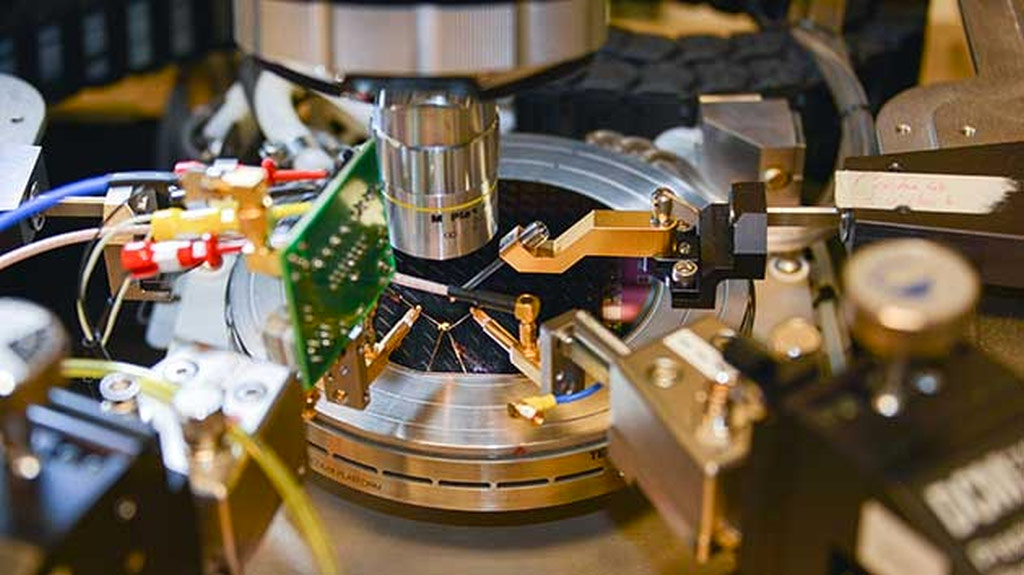
Memory Over Processing Power
Hewlett Packard Enterprise (HPE) successfully tested an ambitious new model that challenges how computing is done today. In a press release, HPE announced that it successfully tested a proof-of-concept computing architecture that’s memory-driven. As HPE explains, it is “a concept that puts memory, not processing, at the center of the computing platform to realize performance and efficiency gains not possible today.”
The prototype was developed as part of The Machine, HP’s computer of the future, leading the company’s efforts to revolutionize the fundamental architecture by which all computers have been built in the past 60 years.
The proof-of-concept prototype was able demonstrate how computer nodes sharing a pool of Fabric-Attached Memory, speedy photonics/optical-based communication data links, and a customized software can make it all work. Simulations suggested that a memory-driven computing (MDC) system can be “multiple orders of magnitude” faster than conventional PCs — faster by 8,000 times, in some cases.
The Future of Computing
“With this prototype, we have demonstrated the potential of Memory-Driven Computing and also opened the door to immediate innovation,” said Antonio Neri, Executive Vice President and General Manager of the Enterprise Group at HPE. And the potential is indeed huge. The technology can greatly enhance the performance of servers and other higher-end computers, as HPE intends to use it. But it can also trickle down into versions that can even improve Internet of Things (IoT) devices.
Improving the IoT has been one of the objectives of developing The Machine. However, as exciting as it is, the tech still needs to be made practical. Non-volatile memory, which is crucial for an MDC system, is still to expected to come sometime in 2018 or 2019.
Still, the proof-of-concept works, and that is what’s important. Everything else, at this stage, will simply be a matter of making it real. Soon, when we consider buying computers, we may be looking at the memory specs of devices more than their processing power.